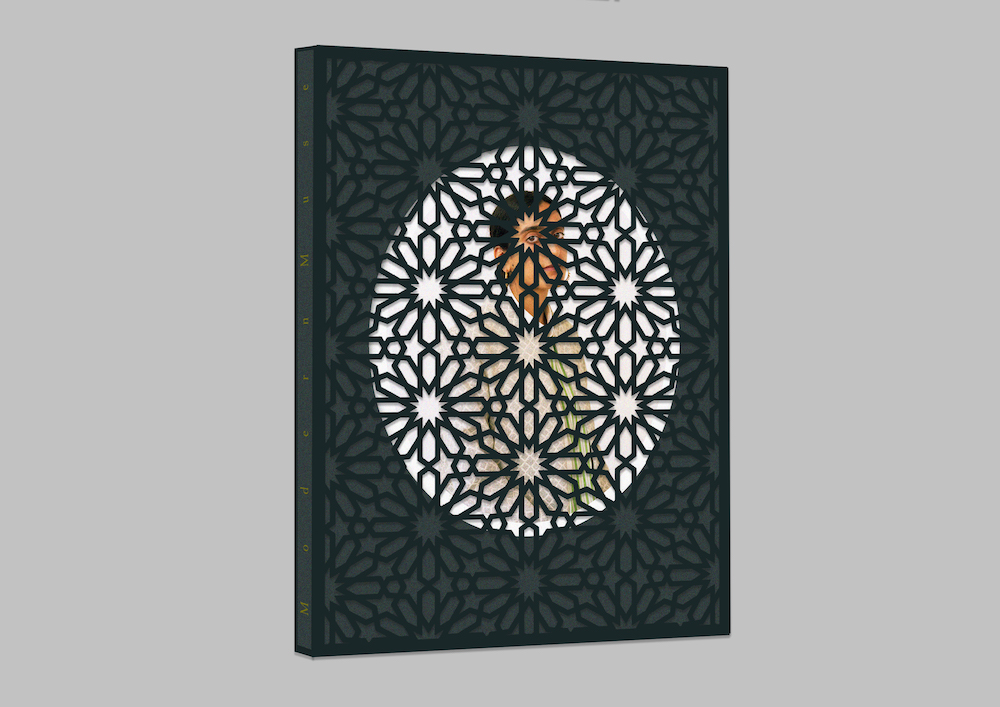Modern Muse: Arpita Shah explores South Asian identity in Britain
Hundred Heroines volunteer writer Shyama Laxman reflects on South Asian identity in relation to Arpita Shah’s ongoing portraiture series, commissioned by GRAIN.
Contemporary Heroine Arpita Shah’s new photobook Modern Muse comprises a series of portraits which explore identity among South Asian women across Birmingham and the West Midlands. Drawing on aesthetics inspired by Mughal and Indian miniature paintings from ancient to pre-colonial times, Modern Muse questions what it means to be a young British and Asian woman.
The book also features an essay, written by Alina Khakoo. As Alina describes, Modern Muse is ‘not a group portrait but a collective of portraits’ where each woman is the ‘subject of her own image, so that we recognise her unique appearance.’ This essence of Modern Muse, according to Alina, ‘invokes South Asian feminism in the region, which has persistently maximised strength in numbers.’
There are a total of 13 portraits in the book, each accompanied by the sitters’ description of how they engage with their culture and heritage. The richly composed portraits offer glimpses into religious and cultural symbols, whether it is Jaskirat’s Dastar (turban), Haseebah’s hijab or Vidya’s Kathak outfit.
These professional women — most of whom come from artistic and creative backgrounds — stare into the camera with their confident gazes and relaxed dispositions. These stunning portraits exemplify the self-assuredness that comes from being an independent, modern woman.
Religion and language are the key elements that stand out when reading the muses’ narratives. As a South Asian woman, that didn’t come as a surprise to me; faith and culture – in its various forms – are the cornerstones of being South Asian, irrespective of our understanding or involvement with either.
With the tortuous history of British colonialism resulting in the partition of India and the formation of Pakistan, “being South Asian” – especially for those living in the UK – carries layers of complexity and shifting identities; a feeling of belonging as well as a sense of disconnection.
It’s worth asking whether the book offers a complete picture of being a South Asian woman. For example, what about women who are homemakers, or above a certain age bracket, or gender non-binary? It would be insightful to hear their stories too.
The publication of Modern Muse coincides with women of South Asian origin receiving more screen time in the media in general – whether it is Simone Ashley in Bridgerton, or Maitreyi Ramakrishnan in Never Have I Ever.
The result of a commission from arts organisation GRAIN Projects, the portraits of Modern Muse have been acquired by the Birmingham Museum & Art Gallery, ‘where the muses will sit alongside and amongst the history of British portraiture.’
Modern Muse is published by GRAIN and is available to purchase here.
By Shyama Laxman











